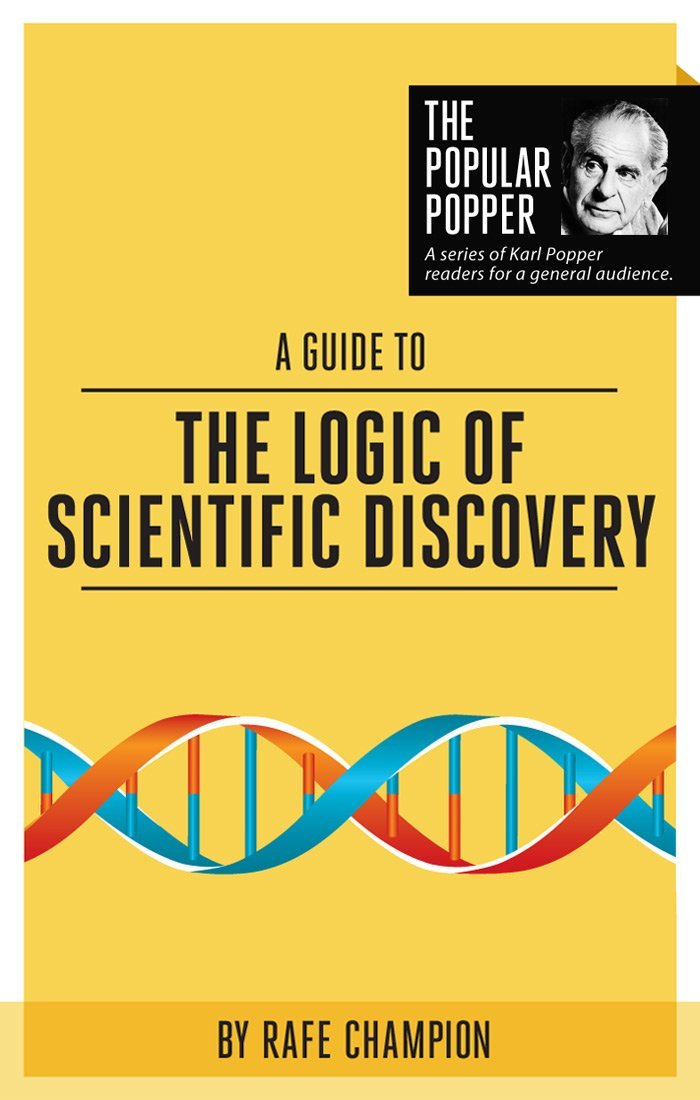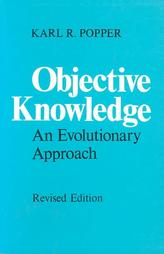The Australian poet, academic and critic A D Hope published “Literature versus the Universities” after a 1958 tour of Canada, Great Britain and the United States. He reported that the standards of scholarship and criticism were high but “I found myself getting more and more uneasy, until uneasiness in the end grew into a kind of nightmare”. Hope’s story began in the 19th century when the study of English literature began to displace the classics from the centre of university studies in the humanities. At the beginning of the 20th century English studies beyond the first degree were pursued by poorly paid and dedicated scholars who mostly carried on their studies for their own sake.
Everything changed in the 20th century as the universities expanded and Hope expected to see a great deal more although rapid growth had not started in Australia in 1958. When he wrote the US had about 2.5 million students in some 2000 institutions and nearly all of those students did some English given the pattern of two or three years of general studies prior to graduate study for a profession. That created a very large demand for English teachers and increasingly the teachers required doctorates. English ranked fifth in the number of doctoral theses produced, after Chemistry, Education, Economics and Physics.
“Universities now have a high prestige and offer high rates of pay and good chances for advancement. English, from a new and not very utilitarian subject has become a high-pressure industry.” That means the doctorate is absolutely required for appointment and Hope had some difficulty in explaining how in Australia he could be a professor and head of department without being Dr Hope. Hence the pressure to publish or perish among graduate students and teachers as well. In the space of a generation research and scholarship shifted from a focus on the books to provide more knowledge, to provide good texts, to establish the canon of a writer’s works, and to clear up misunderstandings by historical criticism. “Now the purpose of nine-tenths of the research and criticism that goes on is to help the researcher to qualify in the great rat-race”.
Turning to the material available for research by the growing army of thesis writers he suggested that there were well under a thousand English writers of even moderate literary importance between the Venerable Bede and Robert Browning to provide material for the 1710 English doctorates accepted in the US between 1940 and 1950 (not counting the ones that were written and not accepted). Looking ahead 50 years with the current growth rate he could see that some 10,000 topics for research would be required per decade and he could see that the pace was quickening so by the end of the century as many as 300,000 topics might be required.
“The immense pressure to find fresh material for research and criticism has meant that the field has been ransacked to its very dregs and many writers better left forgotten have been dug up and become the subject of serious critical studies.” So we have studies of the lesser known poems of the lesser known female poets of the Xth century.
He had more to say about the adverse effect of these developments on creative writers. Whatever that may be, the consequences for scholarship of the escalation of the publish or perish regime are clear, with more and more being learned about less and less, often enough rendered even more inconsequential by the obscurantism of High Theory. To some extent the proliferation of literary theories can be seen as a response to the demand for original theses because each new theory provides an opportunity to reinterpret the old works.
Moving on to economics, Mark Blaug circa the year 2000 explained how the political economy of publishing for professional recognition tended to lock mathematical formalism in place in economics. He started with the proposition that American economics dominates economics in the western.
“American economics is dominated by the 4,500 new doctorates in economics who each year seek employment in 3000 institutions of higher learning.” Publishing is the key to appointment, tenure, promotion and grant money. Publications can be submitted to one of about 300 refereed journals in English, although the fast track is to publish in one of the dozen or so leading journals.
About 4000 to 5000 papers in economics are published every year. These are refereed by perhaps 200 to 300 academics at the top American universities, whose students will become the referees of papers in the next generation, papers that will of course look very much like the papers that they are now themselves writing and publishing.
There is a huge incentive to meet the standards set by the leading journals because that is the way to be employed in prestigious universities where the salaries are in the order of double those earned in “academic ‘Siberia’”. He wondered how many ambitious young academics would be prepared to ignore the fashion and do something different, instancing Akerlof’s “Market for Lemons” (turned down three times over four years before publication), Arthur’s “Computing Technologies, Increasing Returns, and Lock-In by Historical Events (rejected three times and rewritten 14 times over six years). After he wrote there is the case of the late Stanley Wong who eventually left the profession and turned to the Law, becoming a senior partner in a Toronto law firm.
Whatever we may say against technique-ridden mathematically expressed modelling of economic phenomena, the fact remains that papers written in this form are easier to produce once the formula has been learned, although the initial investment costs of acquiring the technique are high and certainly easier to appraise and referee than those written in words and diagrams.
Competition for research grants parallels the demands of publication for professional advancement. The result is a constant and overwhelming demand to produce research results regardless of the aptitude or the desire of the student or the academic to do so.







Pingback: Roundup 9 Sept | Catallaxy Files